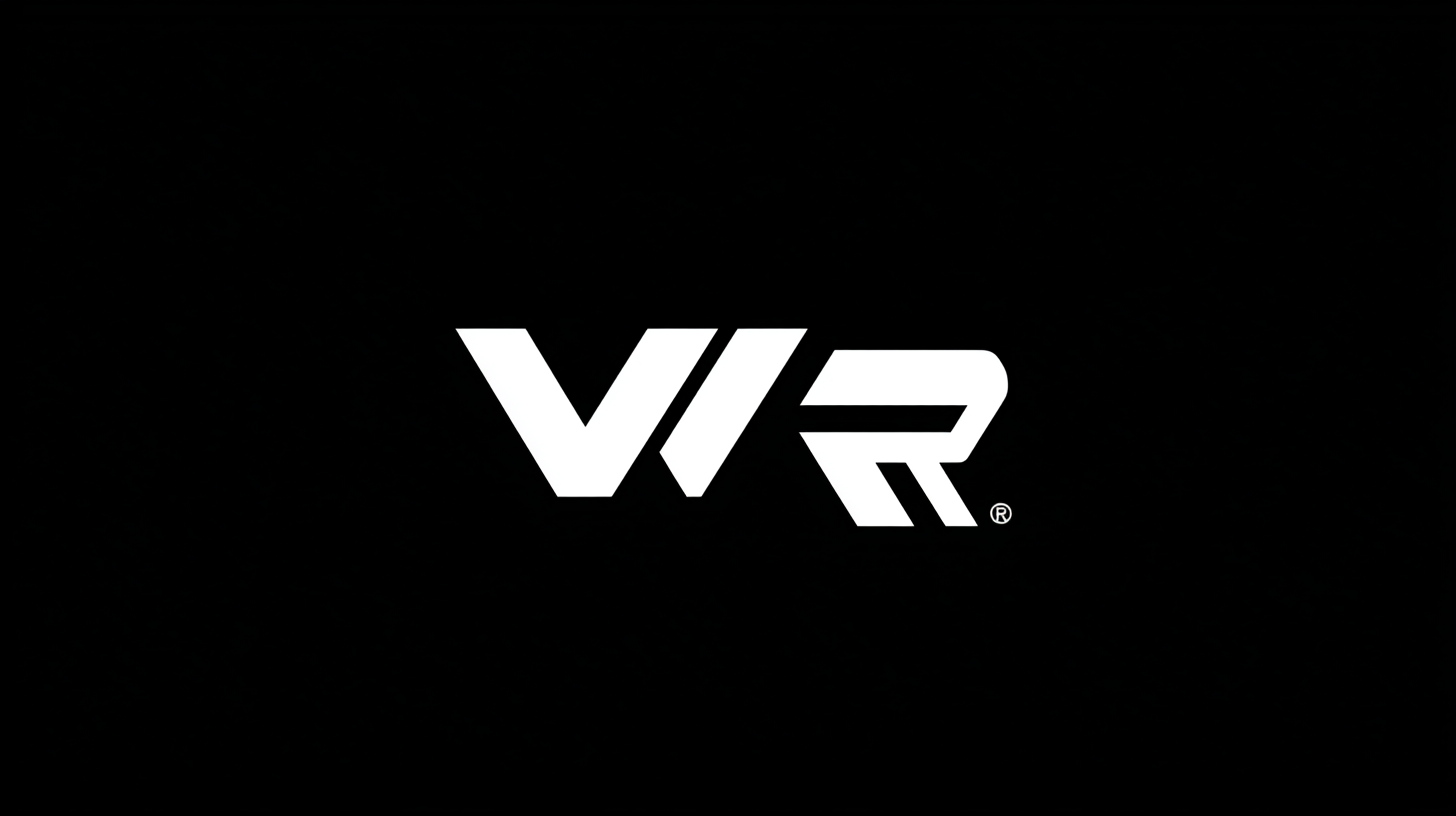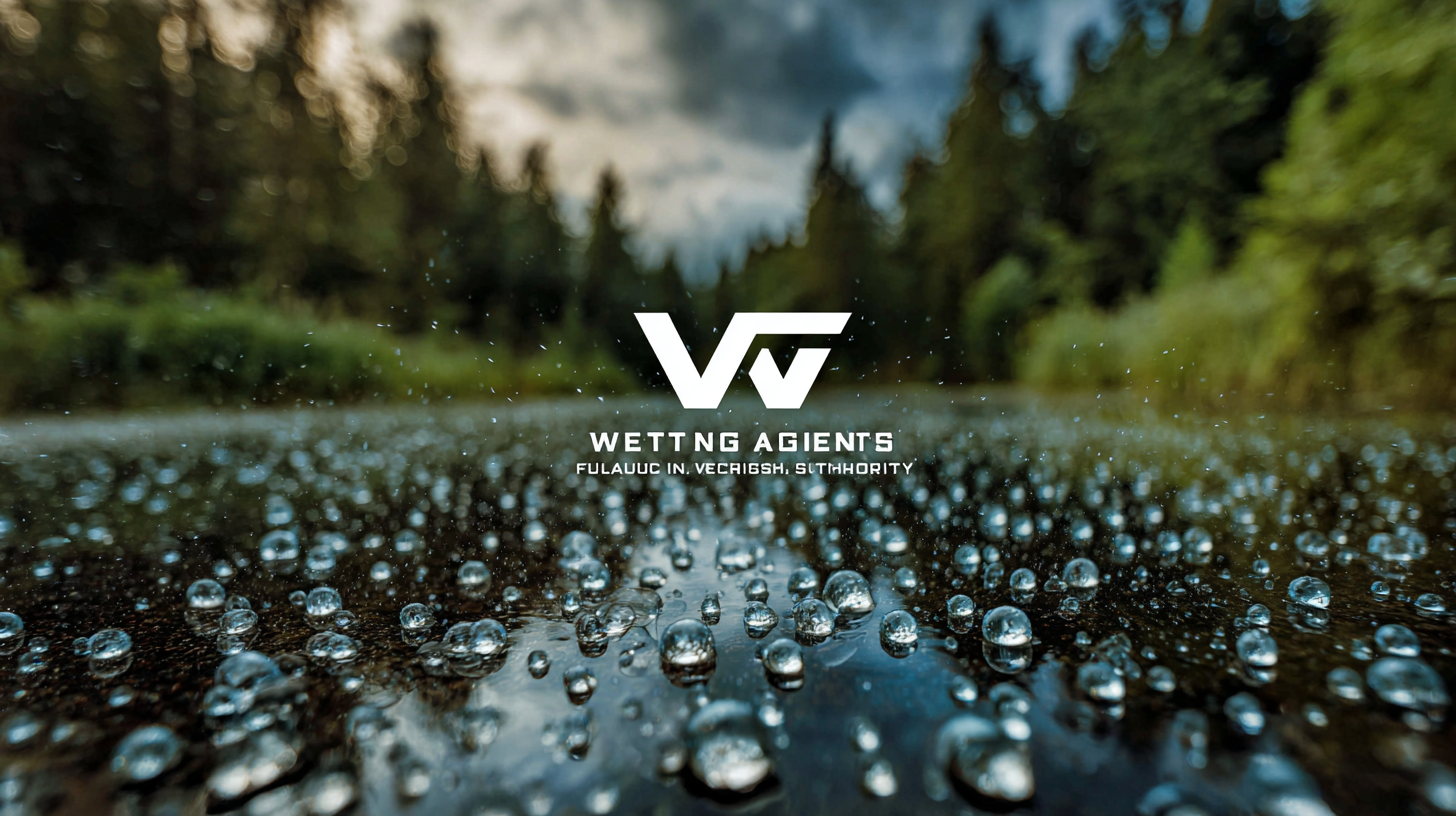
The Future of Advanced Wetting Agents: Innovations Shaping Tomorrow's Industries
As industries evolve, the demand for advanced wetting agents has surged, significantly impacting various sectors, including coatings, agriculture, and adhesives. According to a recent report by Allied Market Research, the global wetting agents market is projected to reach $8.5 billion by 2027, growing at a CAGR of 4.7% from 2020 to 2027. This growth is driven by innovations in formulation technologies aimed at improving surface interactions and enhancing product performance. As companies seek to adopt environmentally friendly and high-performance wetting agents, sourcing quality suppliers has become crucial. By ensuring reliable supply chains and leveraging cutting-edge research, businesses can stay ahead in a competitive marketplace while meeting the evolving demands of their customers. In this blog, we will explore effective strategies for finding quality suppliers of wetting agents, which will play a pivotal role in shaping the future of industries reliant on these essential compounds.

The Role of Bio-Based Wetting Agents in Sustainable Manufacturing Efforts
The future of advanced wetting agents is increasingly leaning towards bio-based solutions, particularly in the realm of sustainable manufacturing. Recent innovations highlight the conversion of waste cooking oil (WCO) into eco-friendly polymeric surfactants, presenting a dual benefit of enhanced oil recovery and greener fuel compatibility. Research indicates that these bio-based surfactants not only improve efficiency in oil recovery processes but also help in reducing the carbon footprint of fuel production.
Tips: When considering the adoption of bio-based wetting agents in your manufacturing process, evaluate the source of your raw materials. Utilizing waste products like WCO can significantly enhance your sustainability profile while optimizing costs.
In addition to improved sustainability, bio-based surfactants derived from plants, such as those from Acacia concinna, showcase superior performance characteristics in chemical applications. The emerging market for these biosurfactants reflects a growing need for safer, biodegradable alternatives to conventional petroleum-based agents. Studies show that biosurfactants have higher biodegradability and lower toxicity, making them essential in home, personal care, and industrial products.
Tips: Stay informed about regulatory changes and industry trends regarding biosurfactants, as these factors can impact your sourcing and product development strategies. Embracing these innovations can position your business at the forefront of sustainable practices in your industry.
Comparative Performance of Traditional vs. Alternative Wetting Agents in Industry Applications
The performance of wetting agents plays a crucial role in various industrial applications, influencing everything from coatings to agriculture. Traditional wetting agents, typically based on surfactants, have long been favored for their reliability and cost-effectiveness. However, as industries face evolving challenges such as environmental sustainability and the need for enhanced efficiency, alternative wetting agents have emerged as viable contenders. These new solutions often feature plant-based or biodegradable components, providing improved surface interaction properties without the negative environmental impact associated with some traditional agents.

Comparatively, alternative wetting agents have shown remarkable performance in key areas, including reduced toxicity and better spreadability on surfaces, resulting in more uniform coatings or improved pesticide delivery in agricultural applications. While traditional agents still hold ground in terms of widespread use and familiarity, innovations in formulation and application methods are steadily pushing alternatives to the forefront. As manufacturers and researchers continue to explore these innovations, the landscape of wetting agents is transforming, paving the way for enhanced productivity and sustainability across various sectors.
Market Trends: The Increasing Demand for Eco-Friendly Alternatives in Wetting Agent Solutions
The demand for eco-friendly alternatives in wetting agent solutions has surged as industries strive for sustainability. According to a recent report by MarketsandMarkets, the global wetting agents market is anticipated to reach $16.2 billion by 2025, growing at a CAGR of 4.1%. This growth is partly fueled by an increasing awareness of the environmental impact of chemical products. As regulatory pressures intensify, manufacturers are prioritizing the development of biodegradable wetting agents that can effectively reduce surface tension while minimizing ecological harm.
Innovations in the formulation of plant-based and natural wetting agents are at the forefront of this trend. A study published in the Journal of Surfactants and Detergents noted that natural wetting agents derived from renewable resources demonstrate superior performance characteristics, especially in agricultural applications where soil health is paramount. This shift is not only healthier for the environment but also aligns with consumer preferences for greener products, driving companies to invest in sustainable research and development. As more industries adopt eco-conscious practices, the adoption of advanced, environmentally friendly wetting agents is expected to enhance operational efficiency while supporting sustainability goals.
Innovations in Wetting Agent Technology: Advancements Shaping the Future of Coating and Cleaning Industries
Innovations in the field of wetting agents are poised to redefine the coating and cleaning industries. Recent market analysis indicates that the global wetting agents market is projected to grow from USD 12.5 billion in 2022 to USD 17.7 billion by 2027, reflecting a CAGR of 7.4%. This growth is driven by the increasing demand for high-performance coatings that enhance product durability and aesthetic appeal. Advanced wetting agents, which reduce surface tension to improve fluid spreading and penetration, are crucial in achieving superior finishes in paints and coatings, thereby innovating traditional applications.

Furthermore, the cleaning industry is also benefiting from these technological advancements. The introduction of bio-based wetting agents has not only improved the effectiveness of cleaning products but also aligned with the growing consumer demand for environmentally friendly solutions. A 2023 report highlighted that over 58% of consumers prefer products containing biodegradable ingredients. This shift towards sustainable chemistry is pushing manufacturers to innovate with new formulations that meet both performance and environmental standards, enabling a future where efficiency and sustainability go hand in hand.
Key Industry Data: Projected Growth and Adoption Rates of Alternative Wetting Agents Through 2030
As industries seek more sustainable and efficient solutions, the adoption of advanced wetting agents is projected to soar significantly by 2030. Key data illustrates that alternative wetting agents, particularly those derived from renewable resources, are expected to capture a substantial portion of the market. This shift is driven by increasing environmental regulations and a growing demand for eco-friendly products across various sectors, including agriculture, coatings, and personal care.
Moreover, innovative formulations are enhancing the performance of these wetting agents, pushing for their broader application. For instance, the integration of nanotechnology and biopolymers is not only improving the efficiency of wetting agents but also enabling reduced dosages that minimize environmental impact. Industry forecasts indicate an exponential growth rate, with many manufacturers pivoting towards the development of these sustainable alternatives. As companies adapt to this trend, we can expect enhanced product performance and heightened environmental stewardship to play a crucial role in shaping the industries of tomorrow.
The Future of Advanced Wetting Agents: Projected Growth and Adoption Rates Through 2030
This chart illustrates the projected growth rates of alternative wetting agents across various industries from 2023 to 2030. As demand for eco-friendly and efficient wetting solutions increases, the adoption rates are expected to rise significantly.
